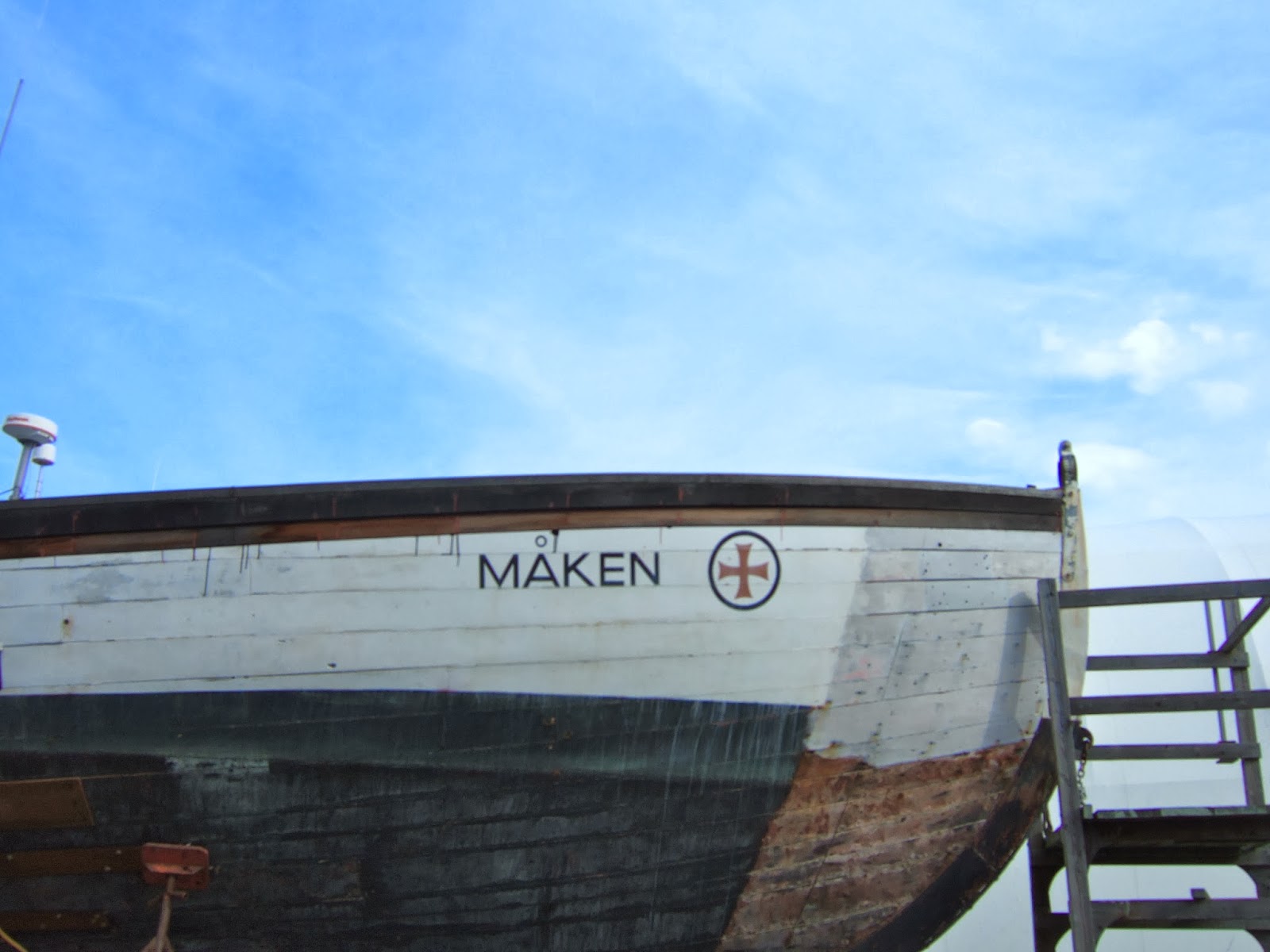
When I can't sleep at night I go for long walks up and down streets I'll never actually see in my waking hours. Because I'm sleepless I don't go to Prague or Kyoto or Liverpool. I go to Irving.
Just listen to:
Scott Donaldson, in his 1969 book The Suburban Myth, characterizing Irving as the worst example of suburbia. He starts by blaming the housing stock:
"Examples of this new housing abound throughout the land. Crackerbox homes went up and sold in astonishing numbers and with incredible speed. Mostly, the previously sleepy suburbs welcomed the growth; the equivalence of growth with progress is part of the folklore of America. An extreme example is the tract suburb of Irving, Texas, located on the main highway between the boom cities of Dallas and Fort Worth. In 1950, Irving's population was 2,621; in 1960, it was 45,489. The results have been less than satisfactory from an aesthetic point of view."
He concludes that planning, or lack of it, has also played a part:
"'In its pattern of scatteration and, probably in its built-in decay, Irving tragically represents too many other galloping suburbs across the United States, suburbs which have inflated the worst possibilities of their native landscapes.' Part of the tragedy lies in the ugliness of the development tract homes and in the suburb's 'homogeneous, tasteless architecture...' But Irving is also tragic in its seeming acceptance of growth for growth's sake, without planning, without leaving space for parks, to provide amenities, or for industry, to provide a tax base."
Goodness gracious great galloping suburbs!
Scatteration? Decay? "homogeneous, tasteless architecture"? I had to see this place for myself.
When you enter Irving, Texas, from Google, it looks like this. A lot of parking lots, between Irving Blvd. and Rock Island Road:
The street view looks like this:
 |
| Irving Blvd, Irving, TX |
and this:
 |
| Irving Blvd, Irving, TX |
 |
| Car Wash, Irving TX |
|
|
Long John's, Irving Texas
|
 |
| Rock Island Road, Irving, TX |
Irving now has a population of 216,290. It sits within Dallas County inside the "Texas Triangle" of Dallas/Fort Worth, Houston and Austin/San Antonio. It is at the intersection of Interstates 35, 45 and 10.
Will it be as ugly as they say it is? I found it poetic, with ample free parking.
How does Google decide where to place that push pin that marks the center of Irving? Is it Irving Street? Is it Main Street? Is it City Hall? Is it the railroad station, the busiest freeway entrance, or does a business pay them to stick their pin through their roof? There must be an algorithm to it. Does it have anything to do with walkscore? Where does the pin land when you google a place you know well? Does it make sense?
Before I knew it, Irving was popping up everywhere. "The United States of Texas: Why the Lone Star State is America's Future" bellows Time Magazine's cover in the waiting room. More facts:
Three of the five fastest-growing cities in America are in Texas.
Four of the ten fastest-growing counties are in Texas.
Only in Texas are suburbs surpassing cities in growth rate.
At the gym the other day I picked up a copy of
Business Facilities magazine which bills itself as "The Source for Corporate Site Selectors". PRE-CERTIFIED SITES, stamped boldly across the front cover of the September/October 2013 issue, are "everywhere for the taking." Inside, Broward County, Florida "where life is less taxing" proudly shares its motto: "Hey, it's not what you make. It's what you keep." Governor Rick Perry is equally bullish on Texas. Especially that Texas Triangle, formed by Austin/San Antonio, Houston and Dallas. Irving is in there, at the intersection of a lot of freeways, in Dallas County.
Even the corn chips I chose for dinner last night were made in Irving, TX. Funny how that happens.
 |
| Gruma Corporation, home of Calidad corn chips, a subsidiary of Mission Foods |
Irving's big claim to fame up until 2009 was as the home of Texas Stadium and the Dallas Cowboys. When the Cowboys wanted a newer more modern stadium they moved to Arlington and left the Stadium to be imploded in 2010. By all accounts, it was spectacular.
They've been trying to figure out what to do with it ever since.
Oliver McMillan of San Diego has presented a
mixed-use development to the City Council. But I digress.
I just kept thinking about those Dallas Cowboys. For some reason the Cowboys decided to abandon Irving after 40 years. I found it sad. Now I feel empathy for this place that's epitomized suburban ugliness for decades.
And I would stop by Joe's, "where Irving meets and eats,"
before falling asleep.
 |
| Rene Magritte, "Empire of Light," MOMA |
























































